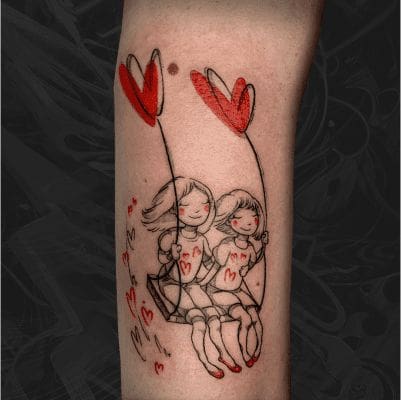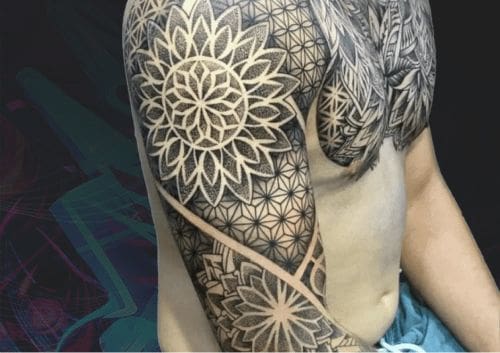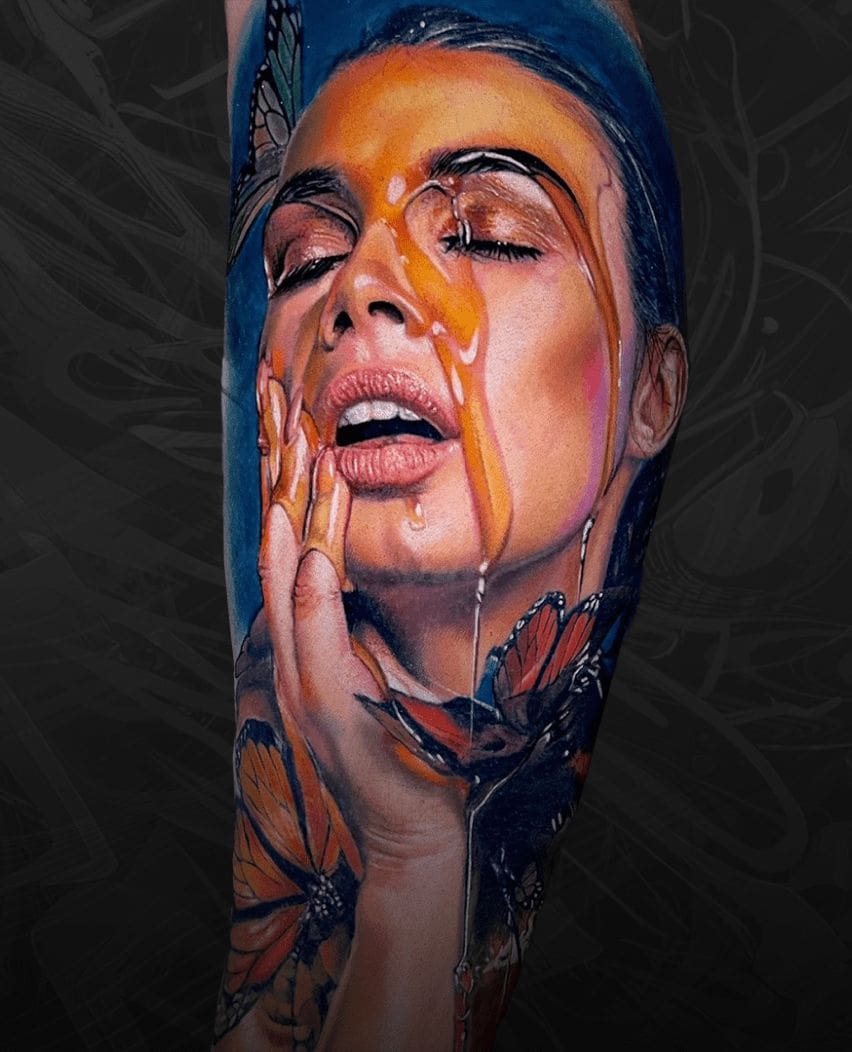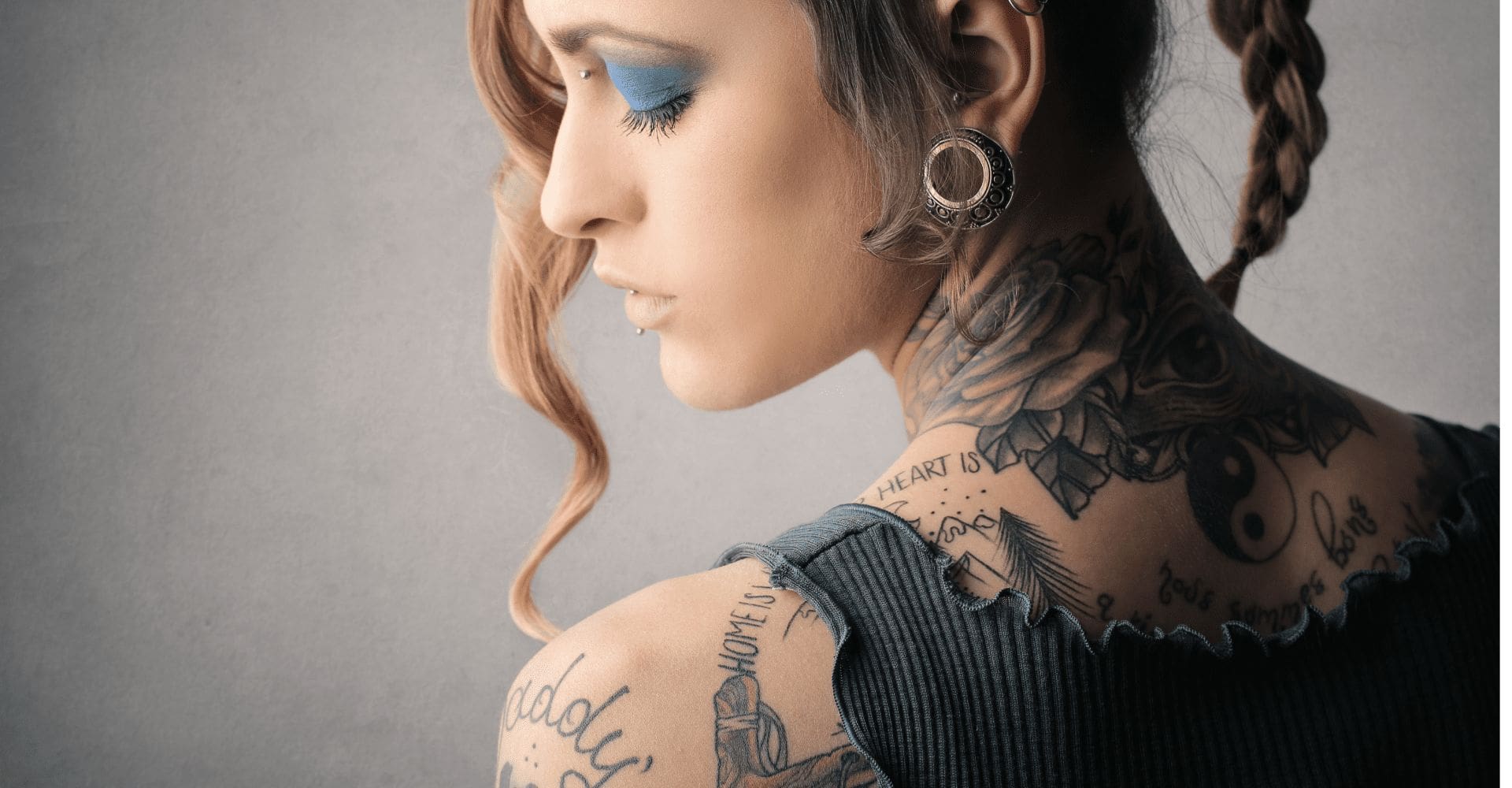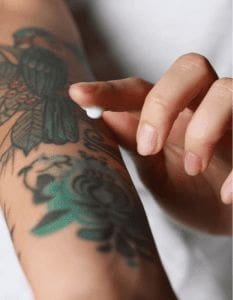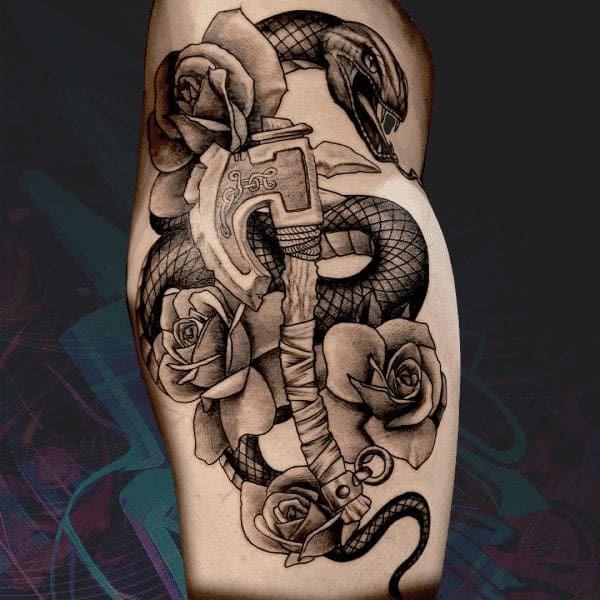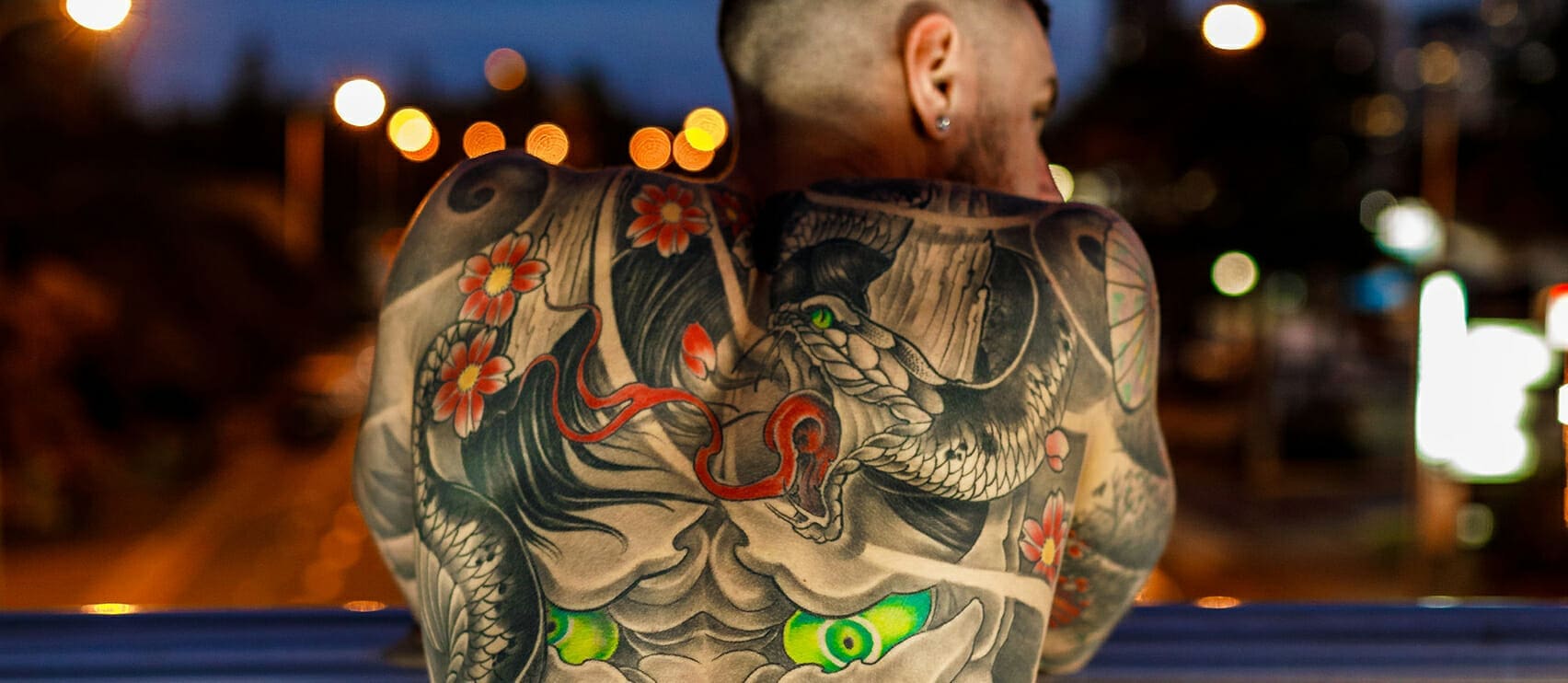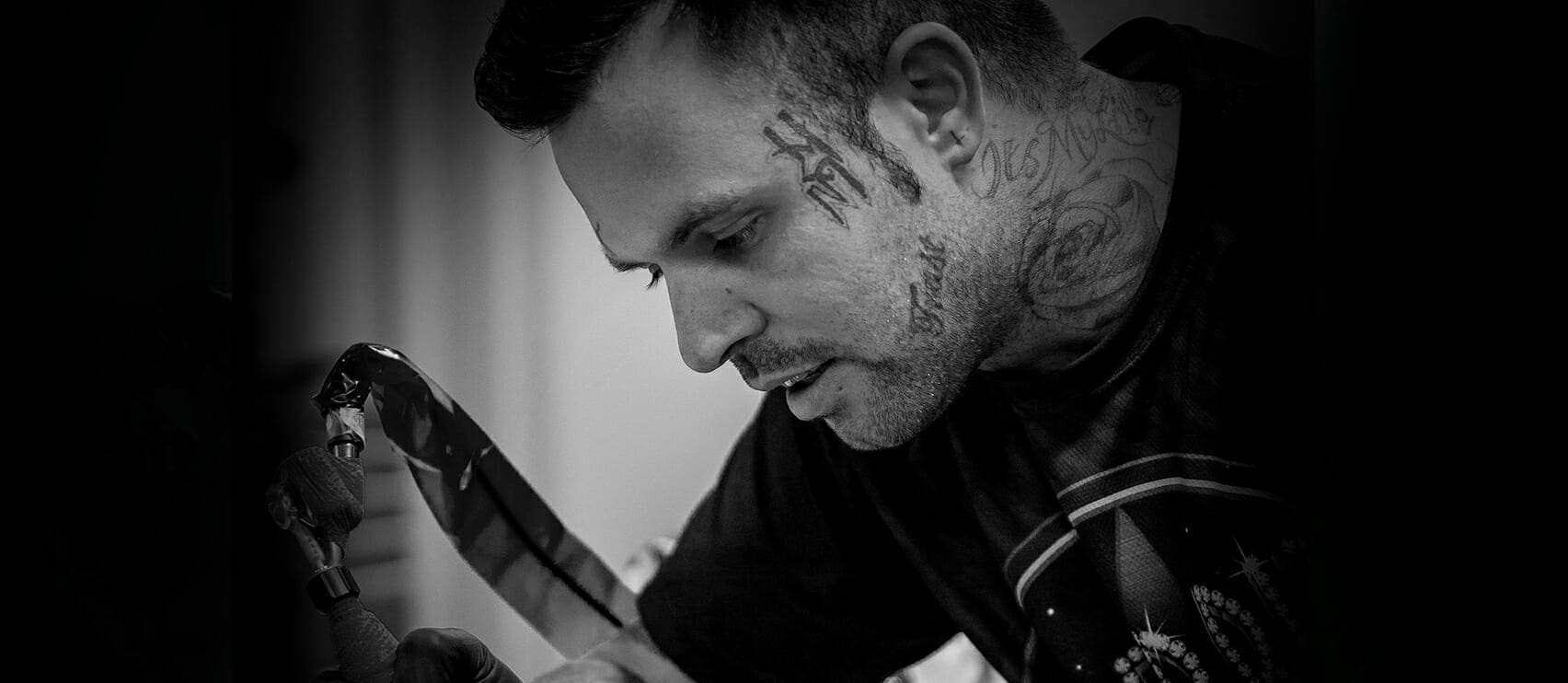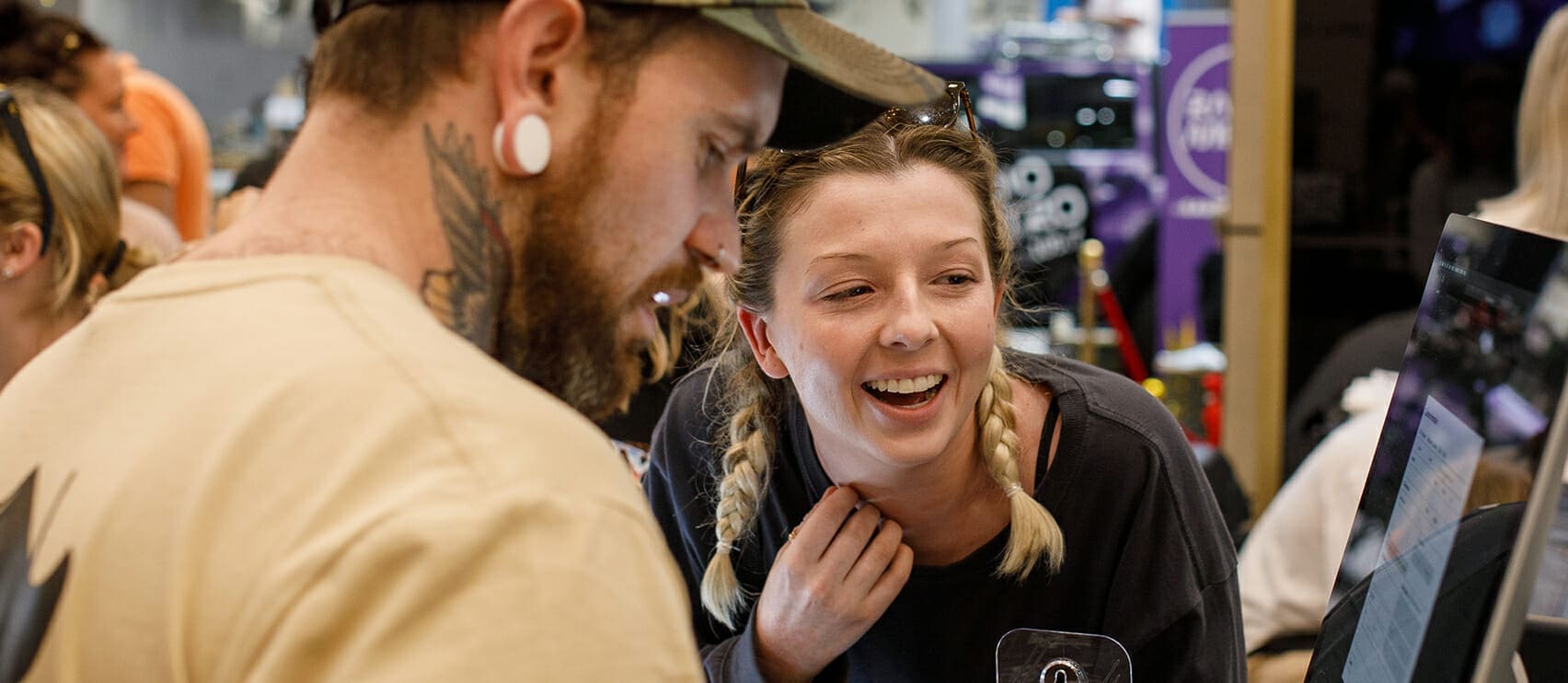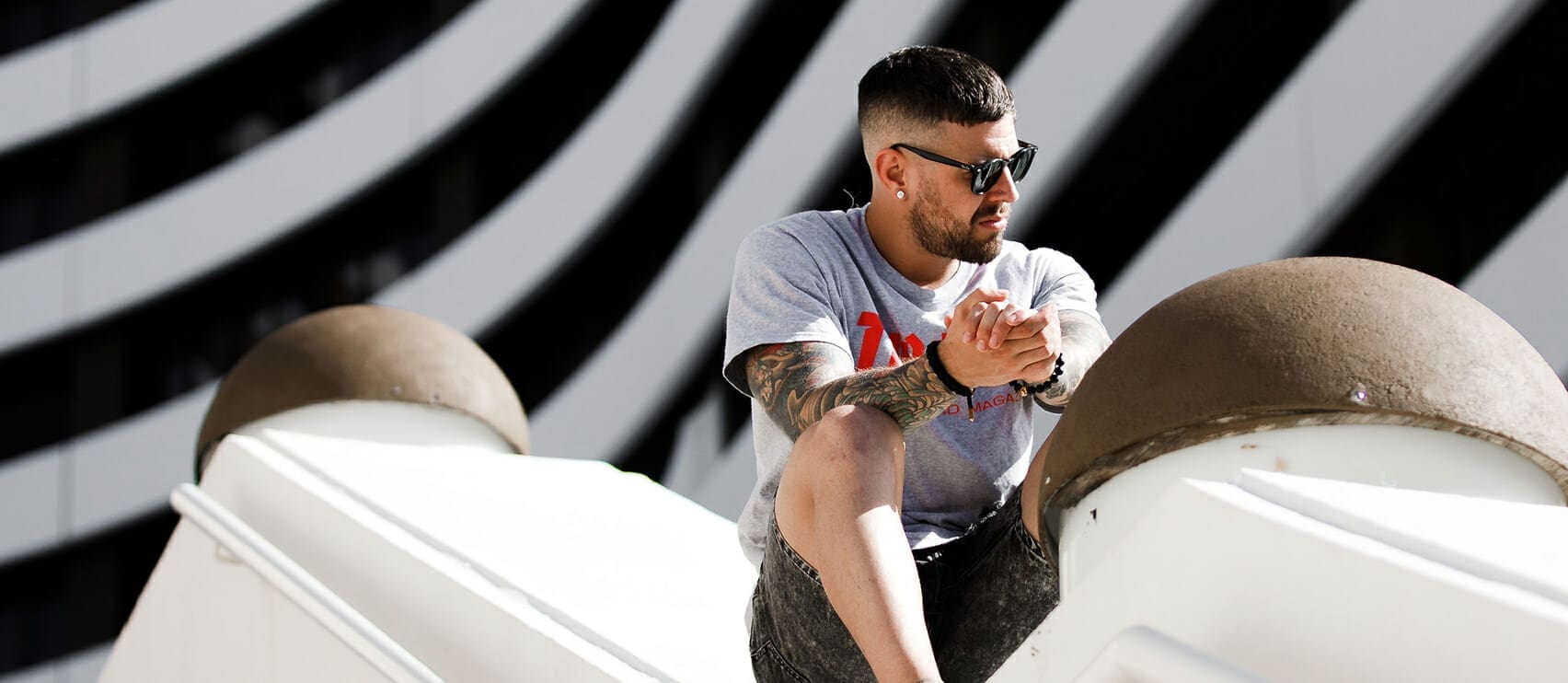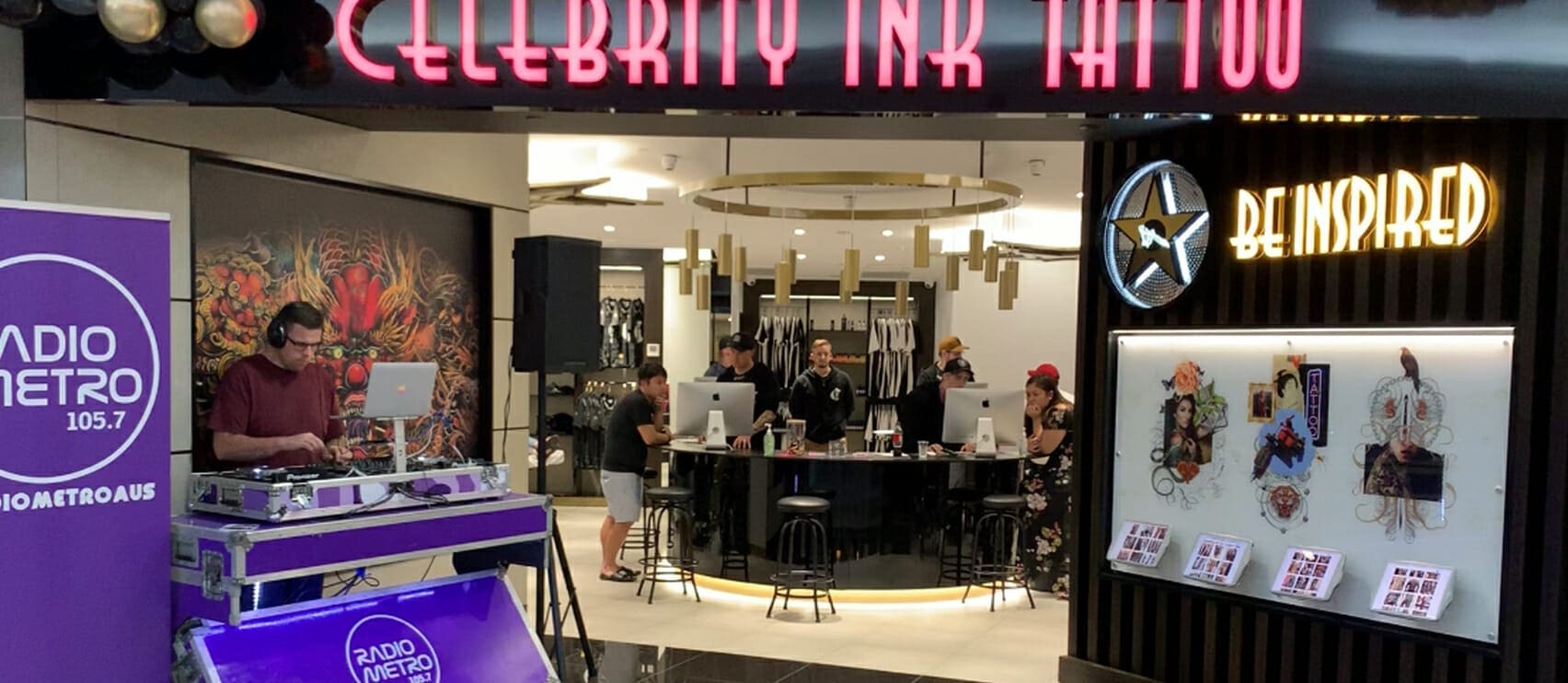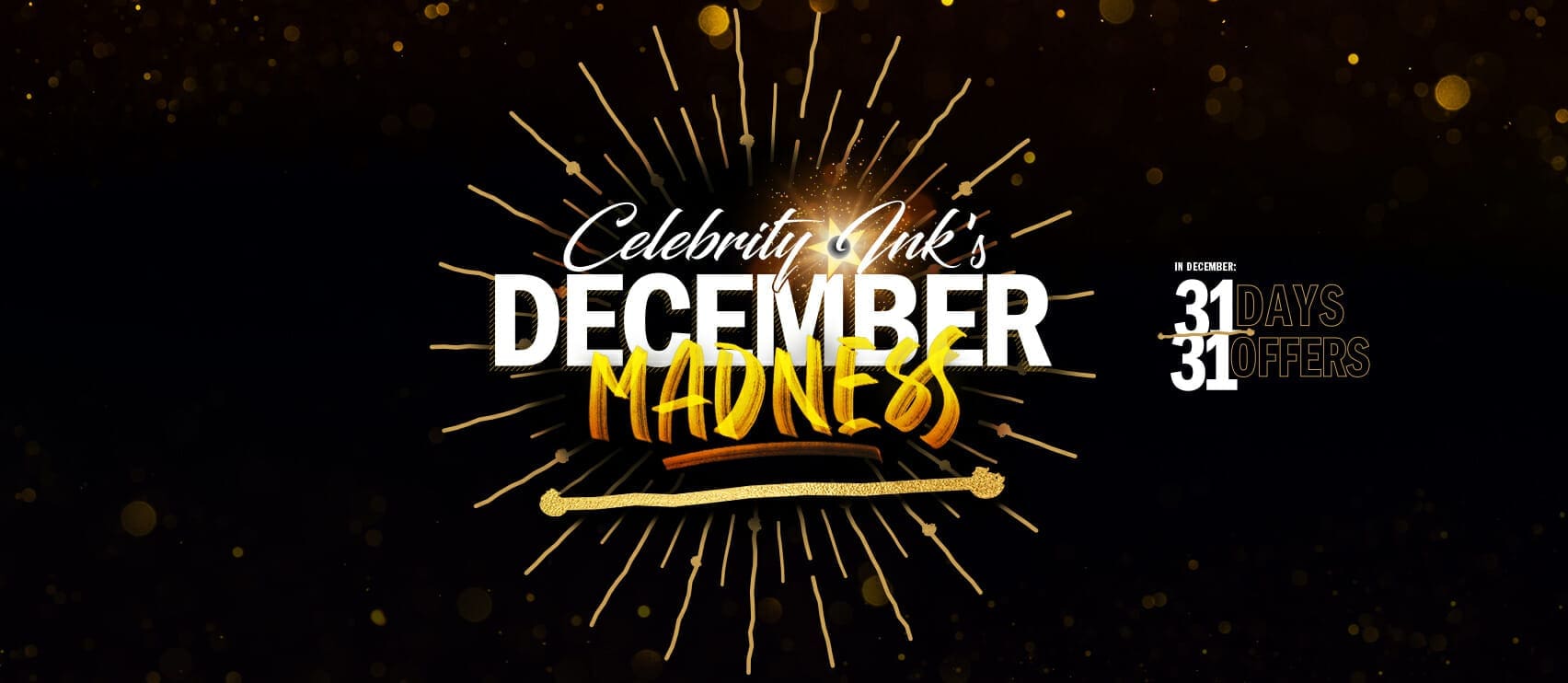Ink It Now, Pay Later With Afterpay
![]()
Ink It Now, Pay Later With Afterpay
![]()
Ink It Now, Pay Later With Afterpay
![]()
Ink It Now, Pay Later With Afterpay
![]()
Ink It Now, Pay Later With Afterpay
![]()
Ink It Now, Pay Later With Afterpay
![]()
Ink It Now, Pay Later With Afterpay
![]()
Ink It Now, Pay Later With Afterpay
![]()
Ink It Now, Pay Later With Afterpay
![]()
Ink It Now, Pay Later With Afterpay
![]()
Ink It Now, Pay Later With Afterpay
![]()
Ink It Now, Pay Later With Afterpay
![]()

